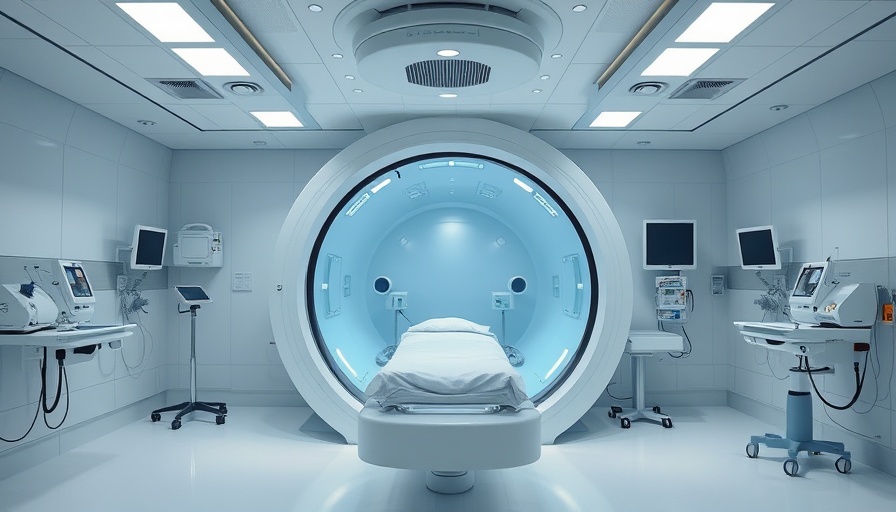
Unlocking the Healing Potential of Hyperbaric Oxygen Therapy for Cancer Patients
In an age where cancer treatments have advanced significantly, it’s crucial to continually explore avenues that restore quality of life for patients affected by radiation therapy. Recent findings from the University of Gothenburg shed light on the positive outcomes of hyperbaric oxygen treatment in helping cancer patients reclaim their normalcy after experiencing debilitating side effects from radiation. This innovative therapy underscores an essential transition from simply surviving cancer to thriving after treatment.
Understanding Radiation-Induced Side Effects
Radiation therapy is employed to eradicate cancerous cells in various organs, including the prostate, colon, ovaries, and cervix. While the majority of patients benefit from these treatments, it's estimated that 5%–10% experience severe side effects, affecting their day-to-day lives. Common issues such as urinary incontinence, pain, and bleeding can arise years after treatment, creating not just physical discomfort but significant emotional and social challenges.
The Study: A Long-Term Perspective
The University of Gothenburg's study highlights that the benefits of hyperbaric oxygen therapy can last for at least five years. Patients who underwent this treatment experienced marked reductions in their symptoms compared to a control group. Over time, the positivity of these outcomes emphasizes the treatment's potential to change lives permanently.
A Pathway to Normalcy and Rejuvenation
According to Nicklas Oscarsson, principal investigator of the study, hyperbaric oxygen therapy allows patients to transition from a state of continual distress to enjoying a fulfilling life. For many, the ability to access normal activities without fear of debilitating symptoms is not only uplifting but a hallmark of successful intervention.
Oxygen Levels and Healing Mechanisms
But what exactly happens inside a hyperbaric chamber that induces such profound effects? As patients experience a pressurized environment rich in oxygen, their bodies respond by enhancing vascular growth and reducing inflammation. This biological response not only assists in healing chronic injuries but also facilitates cellular repair—leading to the recovery of healthy tissue that radiation may have previously damaged.
Hyperbaric Therapy: Practical Insights for Health Practitioners
For concierge health practitioners eager to implement cutting-edge solutions in their practices, understanding hyperbaric oxygen therapy's mechanisms and benefits is paramount. Given the sustained positive outcomes presented in the research, integrating this treatment as a supplementary option for cancer patients can provide a dual benefit: addressing lingering complications while improving patients' overall quality of life.
Future Implications and Opportunities
The effectiveness of hyperbaric oxygen treatment presents an opportunity for wider applications beyond cancer care. From chronic pain disorders to recovery from acute injuries, its principles can be leveraged across numerous fields. This positions hyperbaric therapy as a versatile tool in a holistic healthcare approach.
Debunking Common Myths About Hyperbaric Oxygen Therapy
Despite its proven benefits, misconceptions surrounding hyperbaric oxygen therapy persist. It is often viewed as a niche treatment reserved for specific conditions. However, the emerging data reveals its broader applicability, advocating for its role in integrated medical practices capable of addressing complex patient needs.
An Actionable Conclusion for Concierge Practitioners
As we continue to refine healthcare practices, understanding and advocating for novel treatments like hyperbaric oxygen therapy is crucial. By staying informed and proactive, showing genuine concern for patient recovery, and exploring innovative solutions that alleviate the impact of cancer treatments, practitioners can significantly enhance patient care. Consider researching and potentially integrating hyperbaric oxygen therapy into your offerings to provide a comprehensive approach for patients in need.
 Add Row
Add Row  Add
Add 




Write A Comment